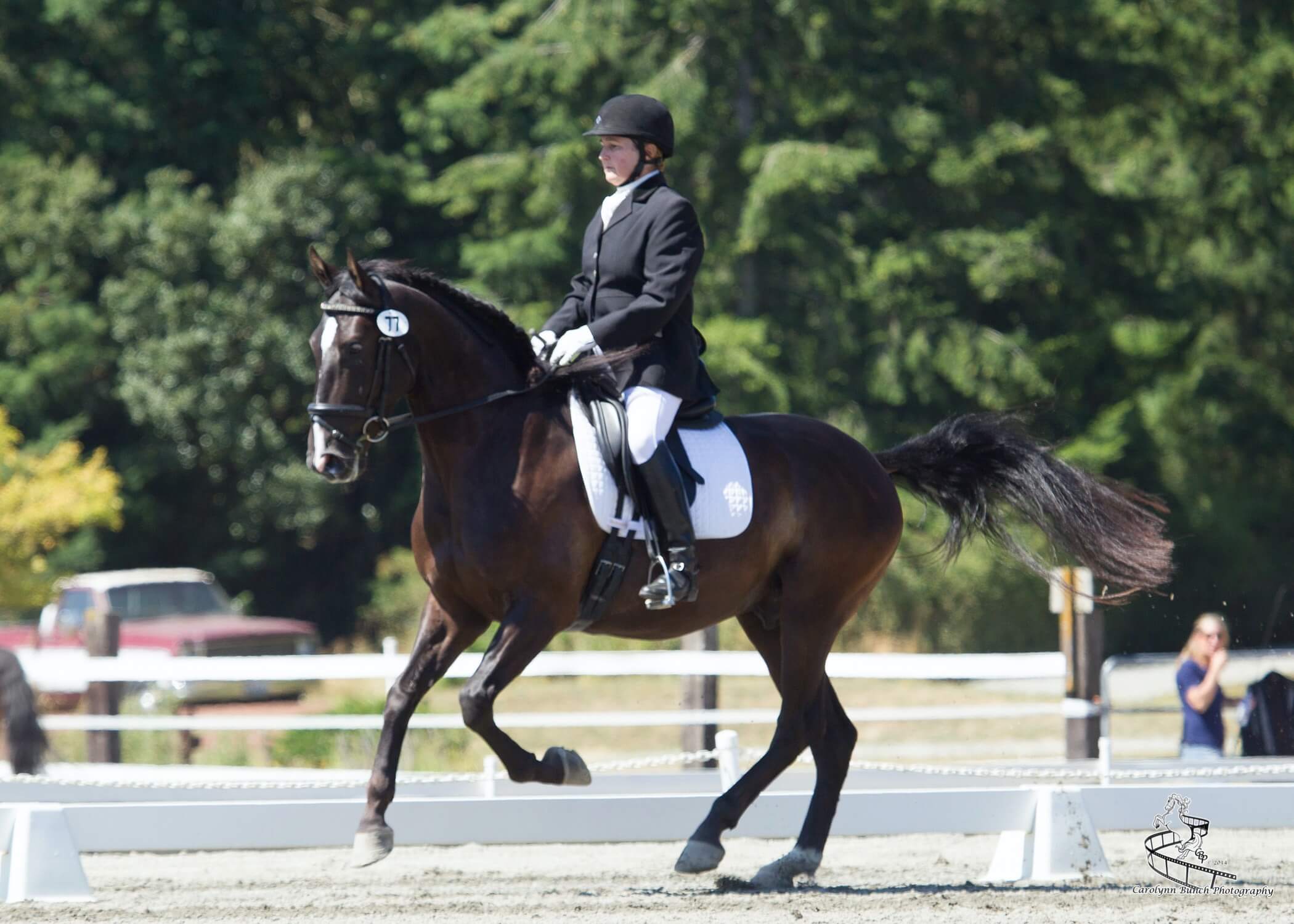The Speed and Cattle Phase
by Kim Roe
The goal of working equitation is to highlight the qualities of a horse that is going to be useful on the ranch. The first two trials are dressage and ease of handling, and judges test the accuracy, suppleness, fluidity of movement, precision and harmony between horse and rider. The next phase in working equitation competitions is the speed trial. This phase is the event that gets the most attention and is what most people think of when they think of this sport. It is very entertaining and is similar to putting a trail horse class together with barrel racing. When done well it is both thrilling and beautiful to watch. Do a Youtube search for Portuguese trainer and rider Pedro Torres and the Lusitano stallion Oxidado with the words “speed phase – working equitation” and you will see one of the best known pairs in the sport.
As with barrel racing, reining, or jumping, speed can be detrimental if the training isn’t solid. Horses and riders can lose trust in each other or, even worse, be injured. It can take years of training and practice to get to the place of taking a horse at top speed through the obstacles. The horse must first learn how to slowly maneuver through the course and, eventually, the rider can build speed.
In the speed trial the same obstacles that were used in the ease of handling phase are utilized. They are ridden as fast as possible and with no emphasis on style. The course may be altered from ease of handling, and not all the obstacles have to be used. The score is based on time only, with penalties added for riding the obstacles incorrectly. If an obstacle is knocked over or dislodged, this adds a five second penalty. If an obstacle is taken in the wrong direction, or left out, this results in elimination. The speed trial tests coordination, agility, speed, submission, attention and finesse. Speed is the goal, but if the obstacles are taken incorrectly the score is substantially affected.
Cattle Trial
In working equitation team competitions that have the facilities for cattle, the cattle trial is the final test. This highlights the ability of a horse and rider to work with cattle both alone and as a team. The test is performed with a team of three or four riders. The objective is for each rider to individually sort, cut and herd a pre-selected cow from the herd and then, as a team, put it in a designated pen. The fastest team wins. As a timed event, there are time penalties for course errors. It is similar to cattle penning, and is truly the test of a well-rounded horse.
Although, traditionally, the Lusitano horses of Portugal have been king of working equitation competitions, I think our American Quarter horses and Quarter Horse crosses will be very successful in the speed and cattle phases of the sport. These trials highlight their ability to start, stop and turn quickly, as well as their sensible workman-like natures. In the end, all breeds can bring something unique to working equitation and each horse can excel in one or more phases.
As in eventing, one of the wonderful aspects of having a variety of tests is that it allows for the excitement of a possible shift in the placings by the end of a competition. Horses that excel at dressage and score high in the dressage test, or the ease of handling, may not necessarily be the best in the speed and cattle phases. This levels the field somewhat and also allows the true champions to come forth: those horses that have the ability to be quiet and attentive one day, and quick and aggressive the next. This shows a truly all-around ranch and using horse, which is the true focus of this sport.
Published in August 2015 Issue

Kim Roe grew up riding on the family ranch and competed in Western rail classes, trail horse, reining, working cow, and hunter/jumper. She trained her first horse for money at 12 years old, starting a pony for a neighbor.
Kim has been a professional dressage instructor in Washington state for over 30 years, training hundreds of horses and students through the levels. In recent years Kim has become involved in Working Equitation and is a small ‘r’ Working Equitation judge with WE United.
Kim is the editor of the Northwest Horse Source Magazine, and also a writer, photographer, and poet. She owns and manages Blue Gate Farm in Deming, Washington where she continues to be passionate about helping horses and riders in many disciplines.







